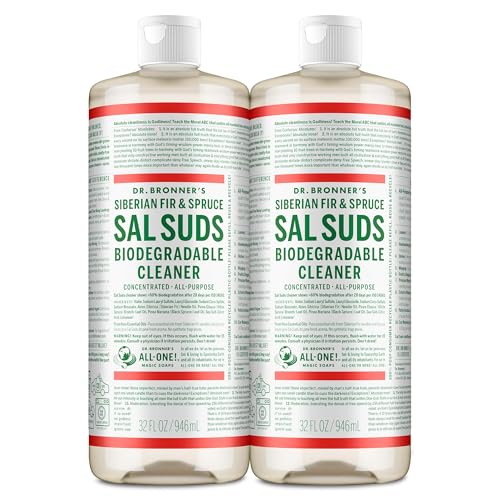

For optimal results, it’s crucial to gather the right materials before combining your cleaning solution. Select a container that can hold at least one gallon. Make sure it’s clean and free of any residues from previous substances. This will prevent any unwanted reactions during preparation.
Begin with a base solution, typically water, ensuring it’s at room temperature. The standard ratio for mixing is one part cleaning concentrate to four parts water for general purposes. Adjust this according to the severity of the grime you’re targeting. Stubborn stains may require a stronger concentration, while light dirt can be addressed with a more diluted mix.
Once your solution is ready, stir gently to combine all ingredients thoroughly. Avoid vigorous shaking, as this can introduce too many bubbles and affect the application efficiency. After preparing your mixture, it’s advisable to conduct a small test on an inconspicuous area to ensure compatibility with your surfaces.
Make sure to store any leftover mixture in a tightly sealed container, away from direct sunlight and extreme temperatures, to maintain its efficacy for future use. Regularly inspecting your cleaning supplies and refreshing your stock will keep your cleaning arsenal ready for any task.
Mixing Cleaning Solutions Effectively
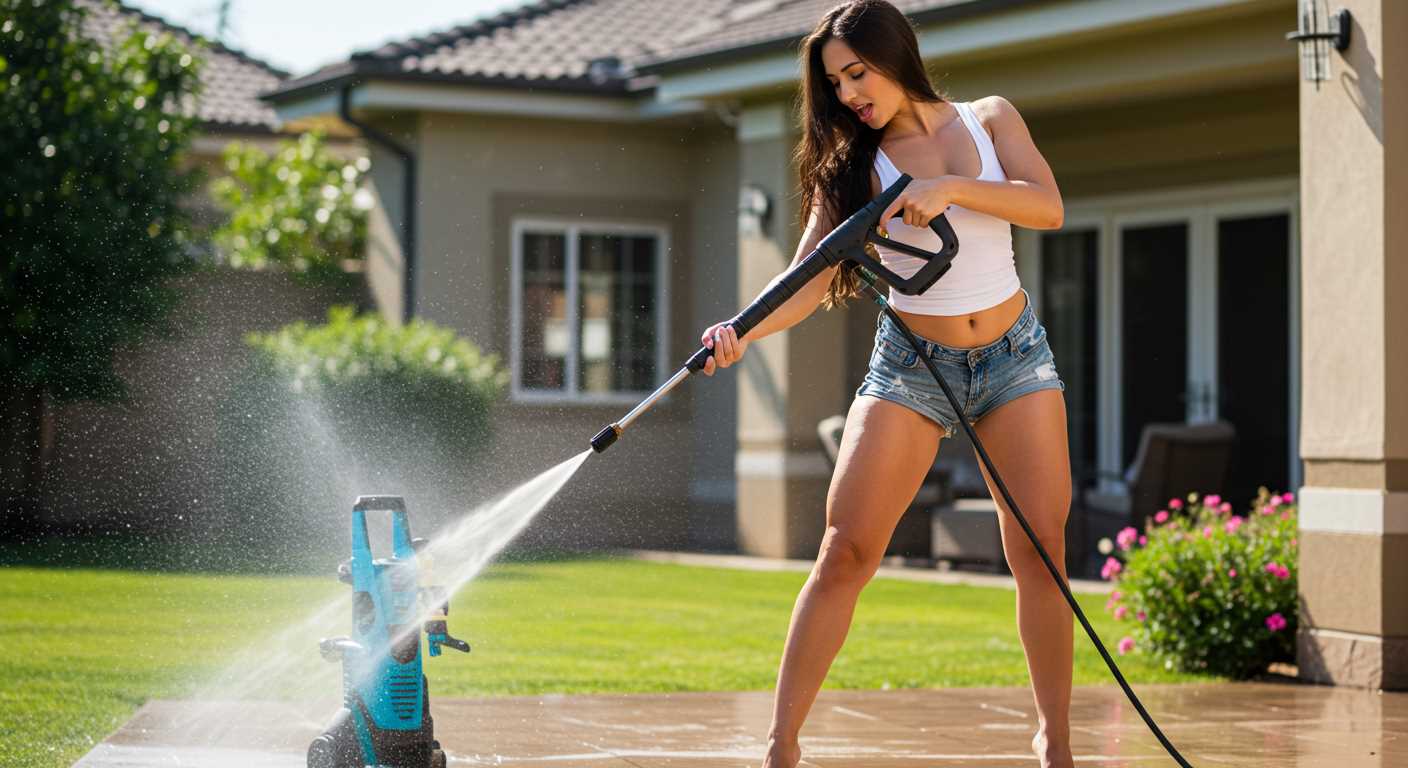
The ideal ratio is crucial for achieving the desired cleaning results. Generally, combine one part solution with four parts water. This concentration works well for most surfaces, but always consult the product label for specifications, as some formulations may require different proportions.
Choosing the Right Liquid
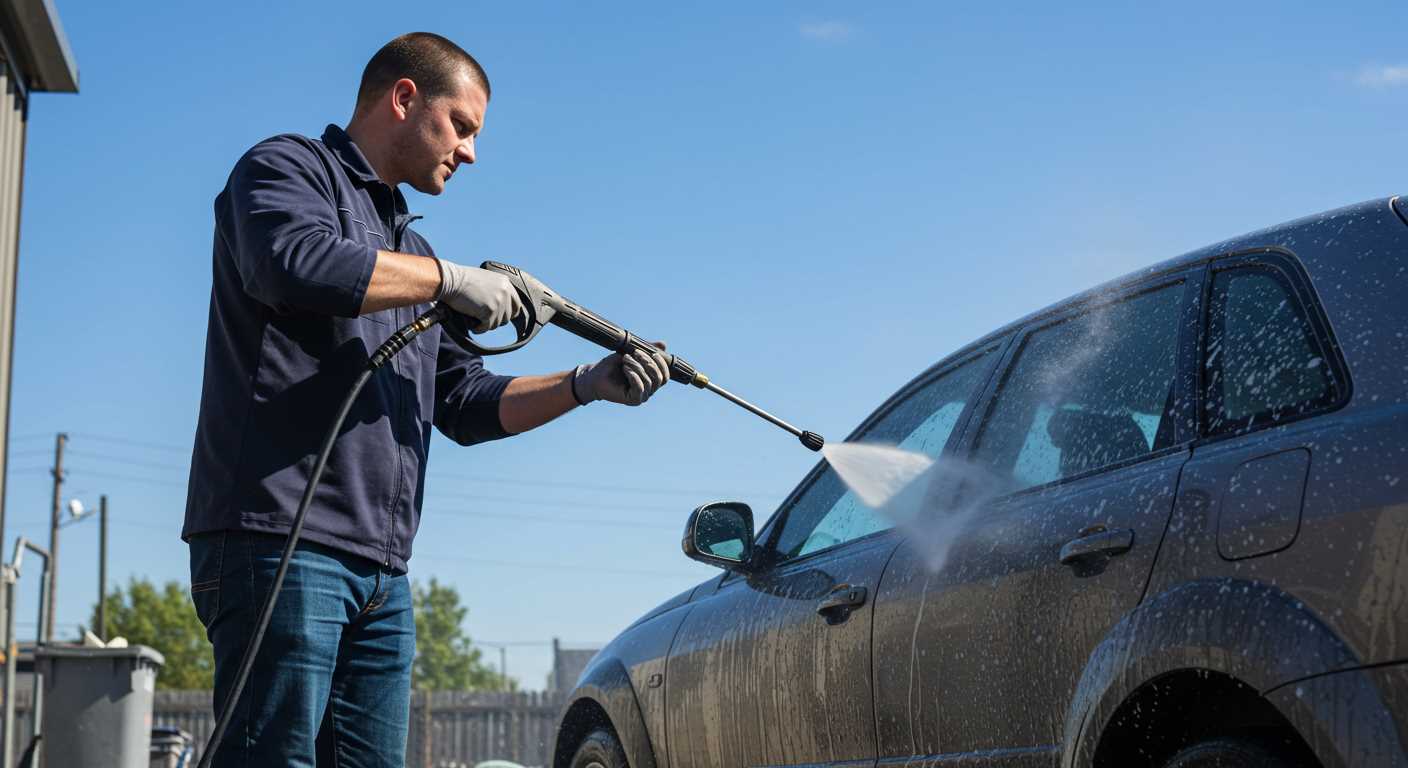
Select a high-quality cleaning agent specifically designed for surface types you’ll be treating. Variants exist for stone, vinyl, wood, and painted surfaces. Testing a small area can prevent damage or adverse reactions.
Application Tips
<pUtilise a container with markings for accurate measurement. Mix slowly to avoid excessive foaming, ensuring a thoroughly blended solution. After preparation, apply promptly for maximum effectiveness, as prolonged sitting can diminish potency.
Choosing the Right Type of Detergent for Your Task
For optimal cleaning results, selecting the appropriate cleaning solution tailored to your specific application is crucial. If you’re addressing oil stains on your driveway, a degreaser is more effective than a standard all-purpose cleaner. For heavy mildew on a patio, a solution with mildew-fighting agents is necessary.
Surface Compatibility
Before deciding on a cleaning liquid, assess the surface you plan to treat. For instance, wood and composite decking require gentle formulas to prevent damage, while concrete and brick surfaces can handle stronger cleaning agents. Always refer to product labels for compatibility guidance.
Environmental Considerations
Opt for eco-friendly options when possible, especially when cleaning around plants or water sources. Biodegradable formulas minimise environmental impact while still delivering satisfactory cleaning outcomes. Always check if the cleaner is safe for the surroundings and won’t harm pets or wildlife.
Determining the Correct Dilution Ratio
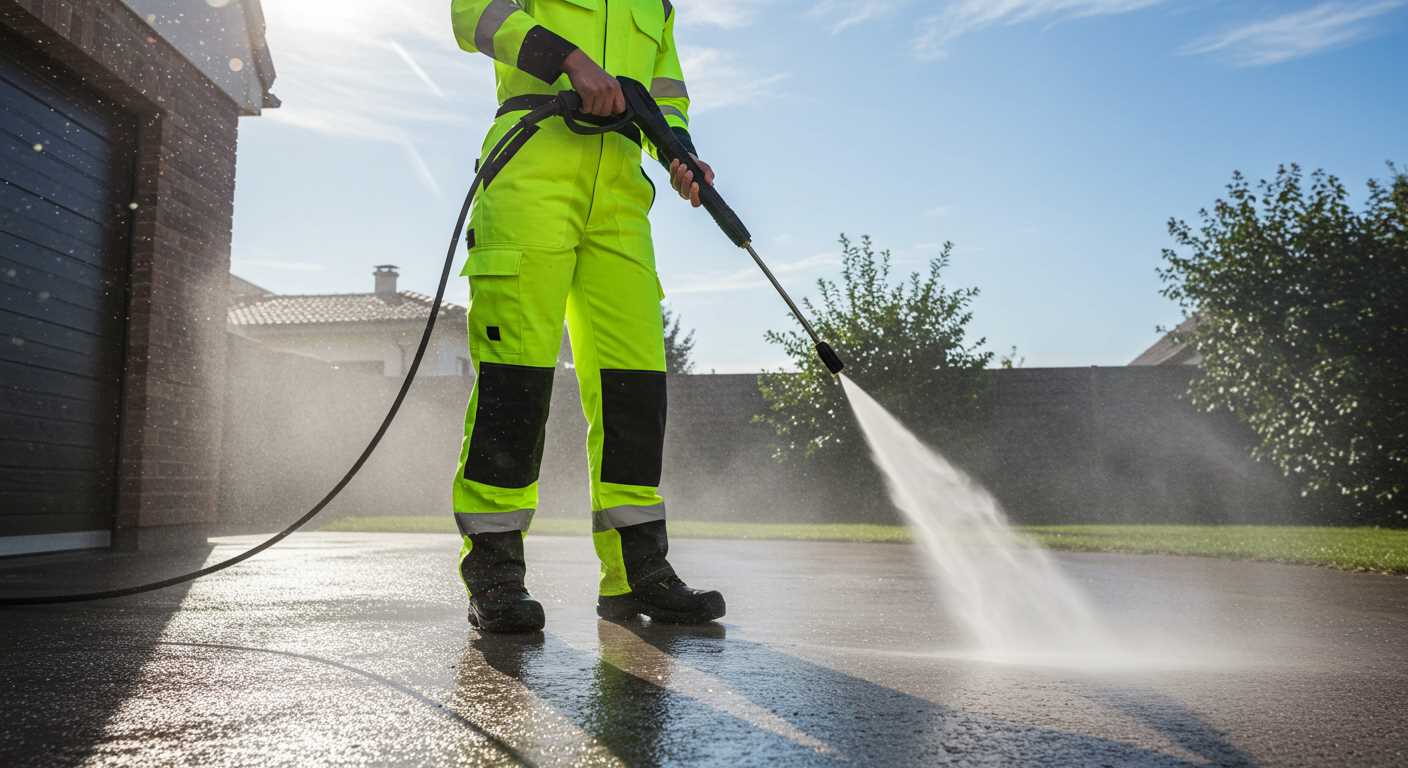
To achieve optimal cleaning results, evaluating the suitable dilution ratio for your cleaning agent is paramount. Begin by referring to the manufacturer’s instructions on the container, which typically specify the recommended ratios. This guidance is based on the concentration of the formula.
As a general rule, the dilution for most cleaning solutions ranges from 1:4 to 1:10, depending on the level of grime and type of surface. Testing on a small area before full application can help gauge the effectiveness and adjust as necessary. For tougher stains, consider using a stronger concentration initially.
Common Dilution Ratios
| Surface Type | Cleaning Agent Ratio |
|---|---|
| Concrete | 1:4 |
| Wood Decks | 1:8 |
| Metal Siding | 1:5 |
| Automobiles | 1:10 |
Adjusting these ratios based on specific conditions such as temperature and type of soil can enhance cleaning performance. If temperatures are lower, a stronger mix may be needed to ensure the solution remains effective. Always wear appropriate protective equipment when handling cleaning agents.
Monitoring results will inform future dilutions. If surfaces remain dirty, progressively adjust the mixture stronger until the desired cleanliness is achieved, ensuring thorough rinsing afterward to avoid residue.
Preparing Your Mixing Container Safely
Choose a container made from durable materials, preferably polyethylene or polypropylene, to withstand chemicals. Avoid glass or metal, as they may react with certain formulas.
Always wear protective gear, including gloves, goggles, and a mask, to shield yourself from splashes and vapours. Ensure the workspace is well-ventilated, minimising exposure to any potentially harmful fumes.
Before commencing any preparation, thoroughly clean the container to eliminate any residue from previous substances. Rinse with water, then dry it properly. Utilise a container specifically designated for mixing cleaning solutions to avoid cross-contamination with food or drink items.
Clearly label the mixing container with the type of solution you’re preparing and its dilution ratio. This step prevents any accidental misuse or confusion in the future.
Keep a set of measuring tools on hand, like graduated cylinders or measuring cups, to accurately gauge the amounts of each component. Using precise measurements ensures the final mixture performs correctly, adhering to the prescribed ratios.
Lastly, store your mixing container in a secure location, away from children and pets. If you need to step away during the process, ensure that all materials are safely secured and out of reach.
Mixing the Cleaning Solution with Water
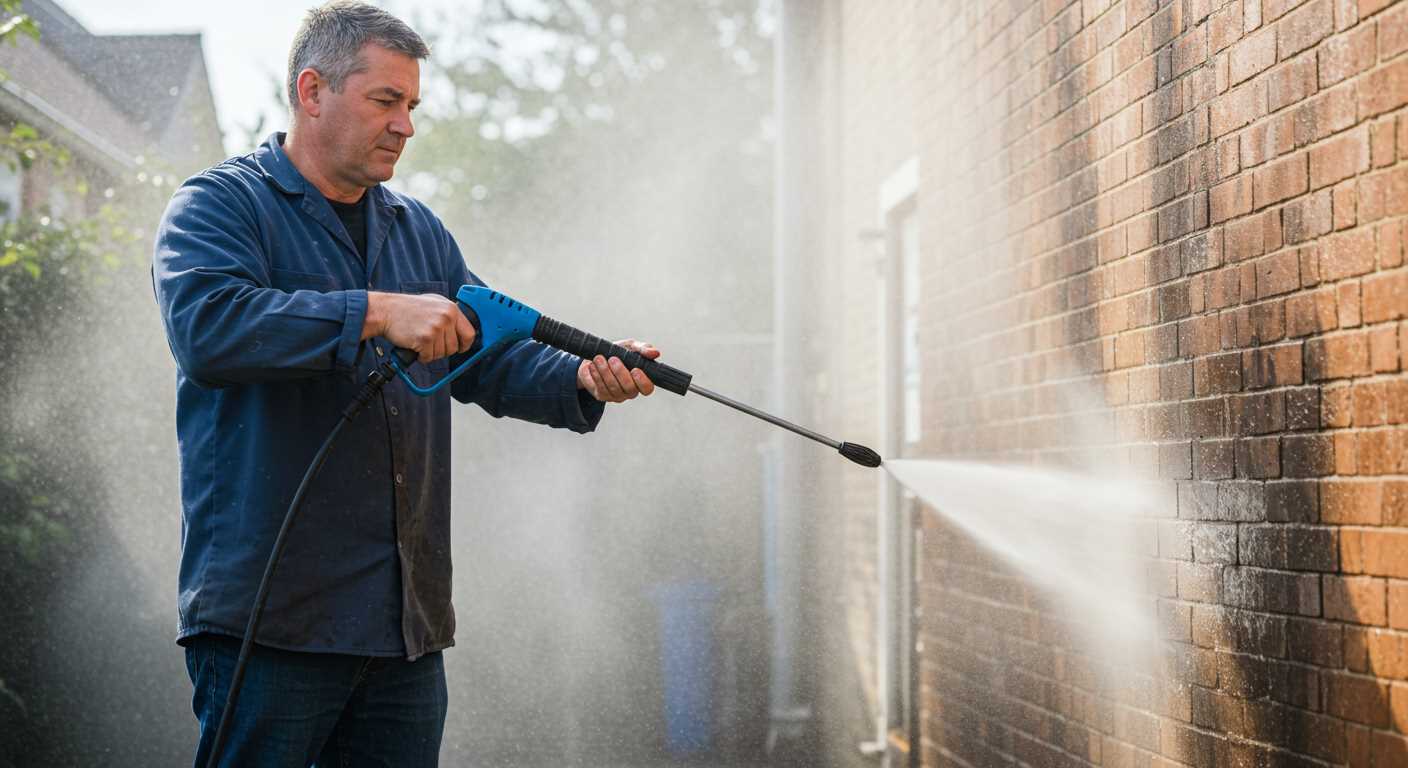
For optimal results, follow a precise ratio of cleaning agent to water. I recommend starting with a 1:5 dilution for standard applications. Adjust based on specific requirements or the severity of the grime.
Steps to Prepare Your Solution
- Use a clean bucket or container, previously rinsed to avoid contamination.
- Fill the container with the appropriate amount of water, following the recommended dilution ratio.
- Gradually add the cleaning agent. Pour slowly to prevent excessive foaming.
- Stir gently using a stick or a whisk until the solution is uniform. Avoid aggressive stirring that may create bubbles.
Tips for Effective Mixing
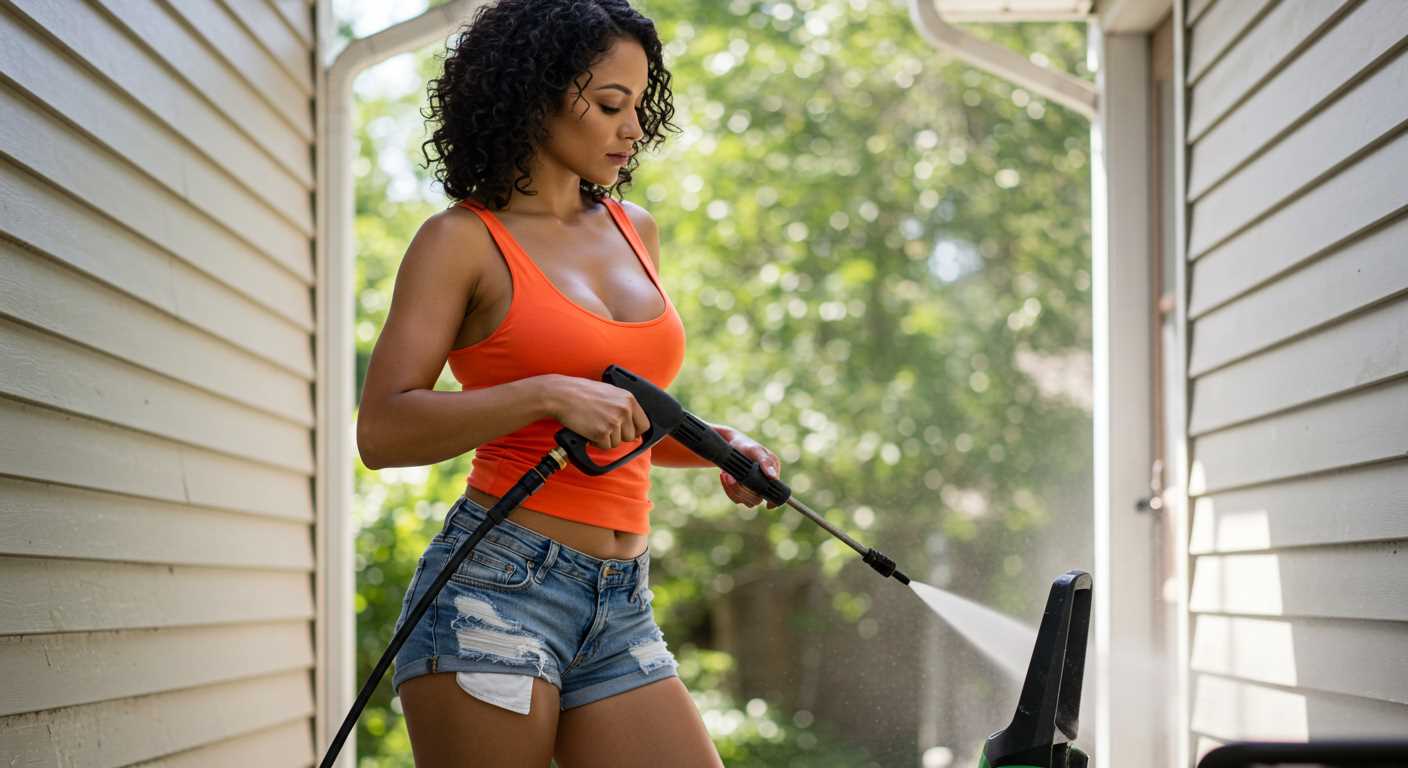
- Always wear gloves and goggles to protect your skin and eyes from splashes.
- Check the instructions on the cleaning product for any specific mixing guidelines.
- Label your container clearly, including the date and contents, for future reference.
- Store the mixed solution in a cool, dry place away from direct sunlight to maintain its effectiveness.
Adding Additional Agents for Stubborn Stains
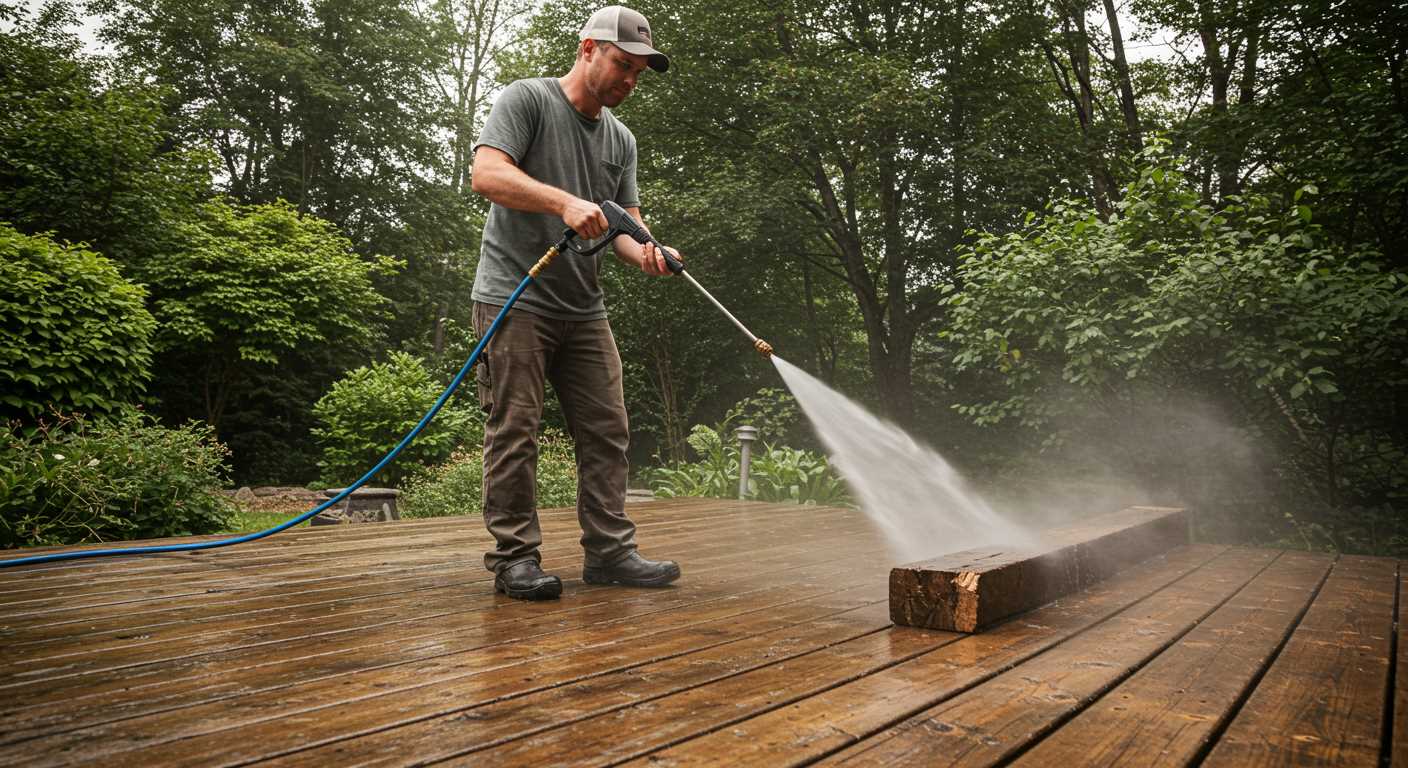
For particularly stubborn blemishes, adding specific agents can yield outstanding results. I often use baking soda or vinegar as natural additives. Mixing a few tablespoons of baking soda into the solution enhances its abrasive properties, enabling it to tackle tough grime effectively.
When grease or oil is an issue, a degreaser can be beneficial. Choose a commercial degreaser designed for cleaning surfaces without damaging them. Follow the manufacturer’s recommendations for the right amount, usually one part degreaser to four parts water.
Utilising Oxygen Bleach
For surfaces that can withstand it, oxygen bleach works wonders on organic stains like mould or mildew. Dissolve oxygen bleach in warm water according to the instructions and add it to your mixture. It’s a powerful oxidiser and won’t harm most surfaces like traditional bleach would.
Adding a Surfactant
Incorporating a surfactant can also help in lifting stubborn stains. A couple of drops of liquid dish soap can significantly increase the solution’s ability to penetrate and lift dirt. Use a mild variety to avoid any damage.
Always test your modified solution on a small, inconspicuous area to ensure compatibility with your surface. Adjust the concentrations as necessary for optimal results without causing harm.
Storing Leftover Cleaning Solution Properly
After tackling your cleaning tasks, it’s common to have some solution left over. Always store this mixture in a suitable, airtight container. Glass or high-density polyethylene (HDPE) bottles are ideal, as they resist corrosion from chemicals. Ensure the container is clearly labelled with the content type and the date of mixing.
Avoiding Contamination
To prevent contamination, avoid using containers that previously held food or drinks. Wash the storage container thoroughly before use to eliminate any residues. Always use a funnel while pouring the solution to avoid spills, which can lead to unwanted reactions if mixed with other substances. Keep the storage container in a cool, dry place away from direct sunlight, as UV rays can degrade the solution and affect its performance.
Monitoring Expiry Dates
Regularly check the expiry date of the product. Solutions may lose their effectiveness over time, so it’s crucial to maintain a log of opened containers and their shelf lives. Dispose of any expired solutions following local chemical disposal regulations to ensure safety and environmental responsibility.
FAQ:
What type of detergent should I use for a pressure washer?
When selecting a detergent for your pressure washer, it is important to choose one that is specifically formulated for use with pressure washing equipment. Look for cleaning solutions designed for the type of surface you are cleaning. For example, there are detergents available for concrete, wood, vehicles, and outdoor furniture. It’s also advisable to avoid harsh chemicals that could damage surfaces or harm the environment. Always read the product label to ensure compatibility with your pressure washer.
How do I mix detergent for my pressure washer correctly?
To mix detergent for your pressure washer, follow these general steps: First, check the manufacturer’s instructions for both the pressure washer and the detergent to determine the appropriate mixing ratio. Typically, the ratio will be specified on the detergent label. Start by pouring the recommended amount of detergent into a clean container. Then, add water according to the specified ratio. Stir the mixture gently until well blended. Some pressure washers have a detergent tank that allows you to pour the mixture directly into it, while others require you to use a separate chemical injector. Ensure you always mix the solution in a well-ventilated area and wear gloves for safety.
Can I use regular soap instead of detergent made for pressure washers?
Using regular soap is not recommended as it may create excessive foaming, which can block the pressure washer’s system. Standard soaps often do not have the same cleaning effectiveness as specially formulated detergents and could potentially harm the internal components of the machine. For best results and to maintain the longevity of your equipment, it is wise to stick with detergents designed for pressure washing.
What precautions should I take when mixing and using pressure washer detergent?
When mixing and using pressure washer detergent, it is important to take several safety precautions. First, always wear appropriate personal protective equipment, including gloves and goggles, to protect your skin and eyes. Work in a well-ventilated area to avoid inhaling any fumes. Ensure that you carefully follow the mixing instructions on the detergent label to prevent damage to both your pressure washer and the surfaces you are cleaning. Additionally, avoid mixing different detergents, as this can create harmful reactions. Lastly, store any leftover detergent safely and securely, away from children and pets.


